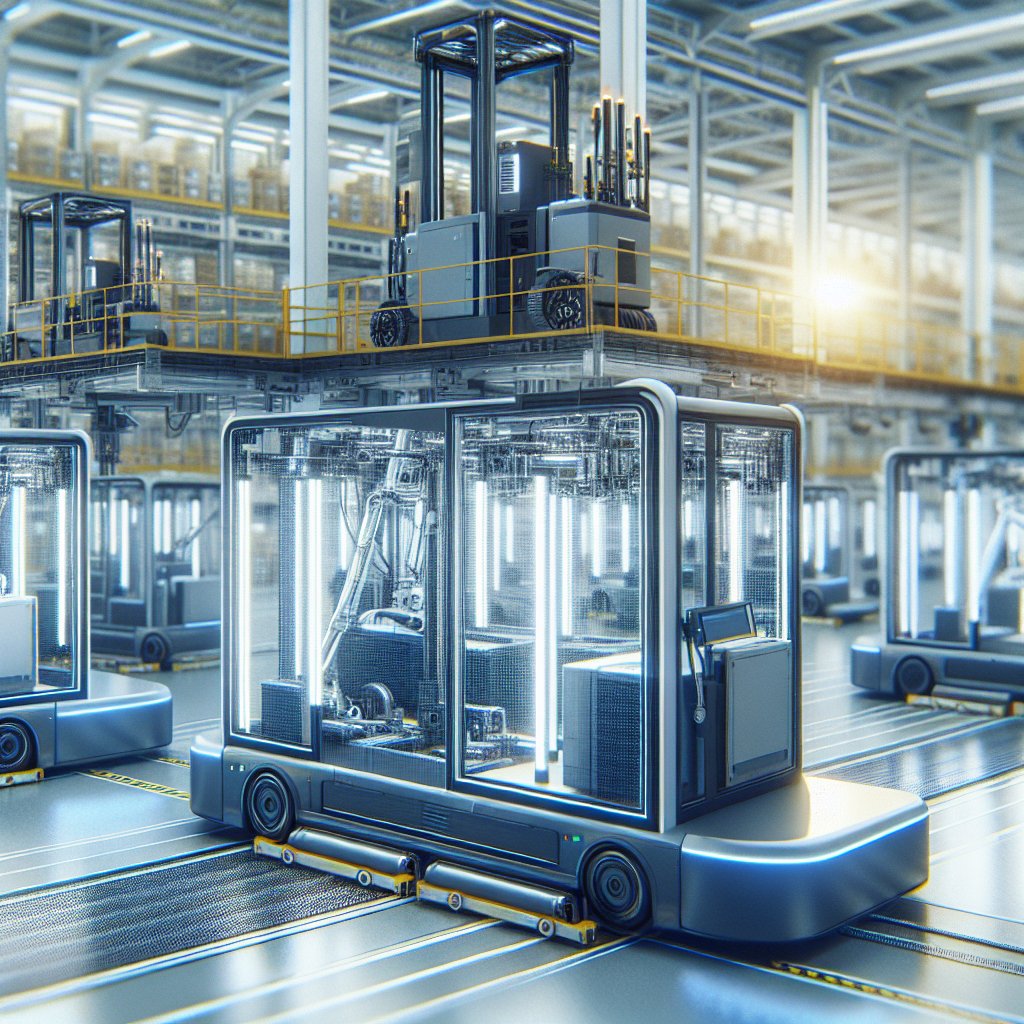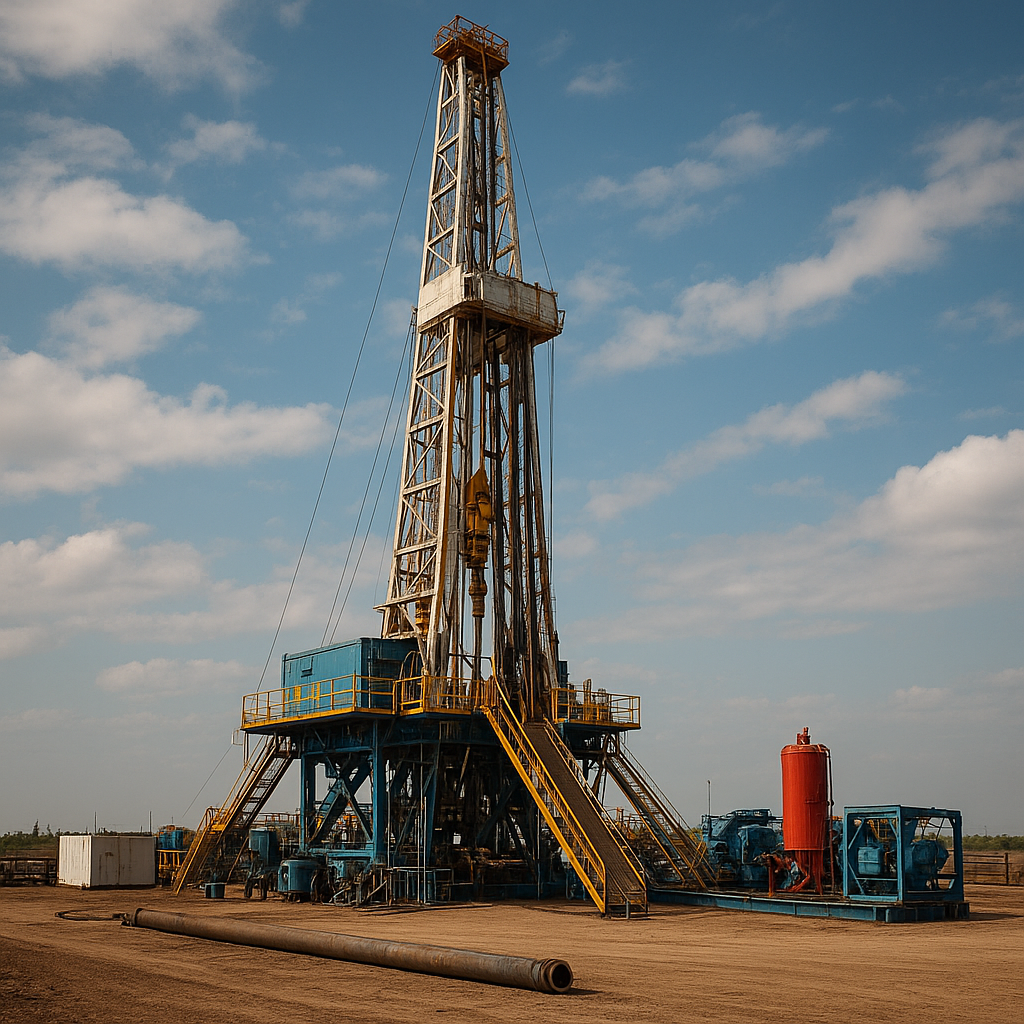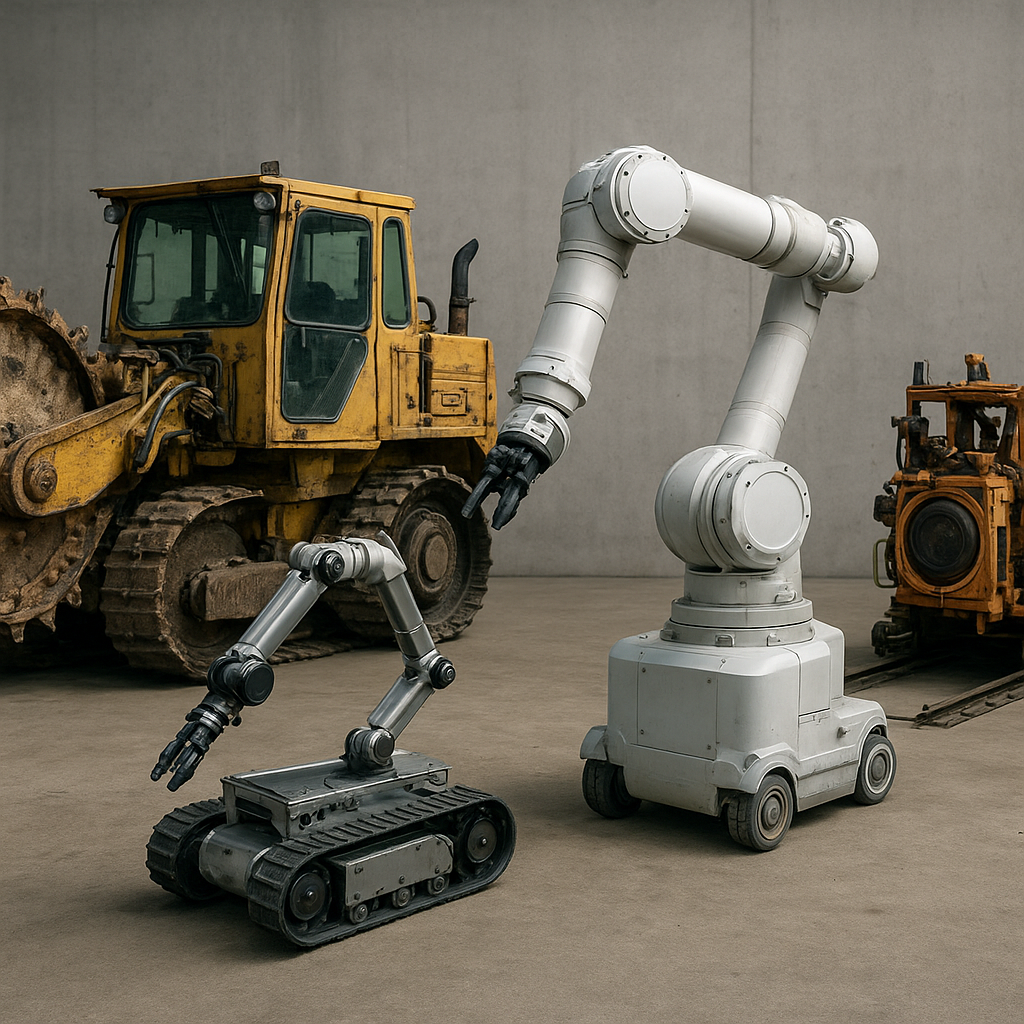
Automated Guided Vehicles (AGVs) have revolutionized the landscape of modern industry by enhancing efficiency and reducing operational costs. These self-guided vehicles are designed to transport materials around a manufacturing facility or warehouse without the need for a human operator. As industries continue to evolve, the integration of AGVs has become a critical component in streamlining operations and maintaining competitive advantage.
Understanding Automated Guided Vehicles
Automated Guided Vehicles are essentially mobile robots that follow markers or wires in the floor, or use vision, magnets, or lasers for navigation. They are most commonly used in industrial applications to move materials around a manufacturing facility or warehouse. The technology behind AGVs has advanced significantly over the years, allowing for more complex navigation and task execution.
AGVs are equipped with a variety of sensors and software that enable them to perform tasks autonomously. These vehicles can be programmed to follow specific paths, avoid obstacles, and even interact with other machines and systems within a facility. The integration of AGVs into industrial operations can lead to significant improvements in efficiency, safety, and cost-effectiveness.
Types of AGVs
There are several types of AGVs, each designed for specific applications and environments. Some of the most common types include:
- Towing AGVs: These vehicles are used to pull carts or trailers loaded with materials. They are ideal for applications where large volumes of materials need to be moved over long distances.
- Unit Load AGVs: Designed to transport individual loads, such as pallets or containers, these AGVs are often used in warehouses and distribution centers.
- Forklift AGVs: These are automated versions of traditional forklifts, capable of lifting and transporting pallets and other heavy loads.
- Assembly Line AGVs: Used in manufacturing environments, these AGVs are integrated into assembly lines to transport parts and components between workstations.
Applications of AGVs in Industry
The versatility of AGVs makes them suitable for a wide range of industrial applications. From automotive manufacturing to food and beverage production, AGVs are being utilized to enhance productivity and streamline operations.
Automotive Industry
In the automotive industry, AGVs are used extensively to transport parts and components between different stages of the manufacturing process. They help in reducing the time and labor required for material handling, allowing for more efficient production lines. AGVs can also be integrated with other automated systems, such as robotic arms, to further enhance the manufacturing process.
Warehousing and Distribution
AGVs play a crucial role in modern warehousing and distribution centers. They are used to transport goods from storage areas to shipping docks, reducing the need for manual labor and minimizing the risk of errors. By automating the movement of goods, AGVs help in optimizing inventory management and improving order fulfillment times.
Food and Beverage Industry
In the food and beverage industry, AGVs are used to transport raw materials, packaging, and finished products. They help in maintaining hygiene standards by reducing human contact with the products. AGVs can also be programmed to operate in temperature-controlled environments, making them ideal for handling perishable goods.
Benefits of Implementing AGVs
The implementation of AGVs in industrial settings offers numerous benefits, including increased efficiency, reduced labor costs, and improved safety. By automating material handling tasks, AGVs allow human workers to focus on more complex and value-added activities.
Increased Efficiency
AGVs can operate 24/7 without the need for breaks, leading to increased productivity and faster turnaround times. They can also be programmed to optimize their routes, reducing travel time and energy consumption.
Cost Reduction
By reducing the need for manual labor, AGVs can lead to significant cost savings for businesses. They also help in minimizing the risk of workplace injuries, which can result in costly compensation claims and downtime.
Improved Safety
AGVs are equipped with advanced sensors and safety features that allow them to navigate safely around a facility. They can detect obstacles and adjust their paths to avoid collisions, reducing the risk of accidents and damage to goods.
Challenges and Future of AGVs
Despite their numerous benefits, the implementation of AGVs in industrial settings is not without challenges. The initial cost of purchasing and installing AGVs can be high, and businesses may need to invest in additional infrastructure and training to support their use.
Integration with Existing Systems
Integrating AGVs with existing systems and processes can be complex and time-consuming. Businesses need to ensure that their AGVs are compatible with other automated systems and that they can communicate effectively with them.
Technological Advancements
As technology continues to evolve, the capabilities of AGVs are expected to improve. Future advancements may include enhanced navigation systems, increased load capacities, and improved energy efficiency. These developments will likely lead to even greater adoption of AGVs across various industries.
In conclusion, Automated Guided Vehicles are transforming the way industries operate by providing efficient, cost-effective, and safe solutions for material handling. As technology continues to advance, the role of AGVs in industrial settings is expected to grow, offering new opportunities for businesses to enhance their operations and maintain a competitive edge.

